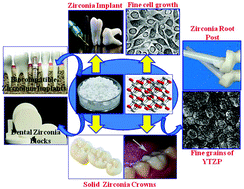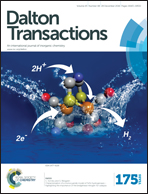Zirconia based dental ceramics: structure, mechanical properties, biocompatibility and applications
Abstract
Zirconia (ZrO2) based dental ceramics have been considered to be advantageous materials with adequate mechanical properties for the manufacturing of medical devices. Due to its very high compression strength of 2000 MPa, ZrO2 can resist differing mechanical environments. During the crack propagation on the application of stress on the surface of ZrO2, a crystalline modification diminishes the propagation of cracks. In addition, zirconia's biocompatibility has been studied in vivo, leading to the observation of no adverse response upon the insertion of ZrO2 samples into the bone or muscle. In vitro experimentation has exhibited the absence of mutations and good viability of cells cultured on this material leading to the use of ZrO2 in the manufacturing of hip head prostheses. The mechanical properties of zirconia fixed partial dentures (FPDs) have proven to be superior to other ceramic/composite restorations and hence leading to their significant applications in implant supported rehabilitations. Recent developments were focused on the synthesis of zirconia based dental materials. More recently, zirconia has been introduced in prosthetic dentistry for the fabrication of crowns and fixed partial dentures in combination with computer aided design/computer aided manufacturing (CAD/CAM) techniques. This systematic review covers the results of past as well as recent scientific studies on the properties of zirconia based ceramics such as their specific compositions, microstructures, mechanical strength, biocompatibility and other applications in dentistry.


 Please wait while we load your content...
Please wait while we load your content...